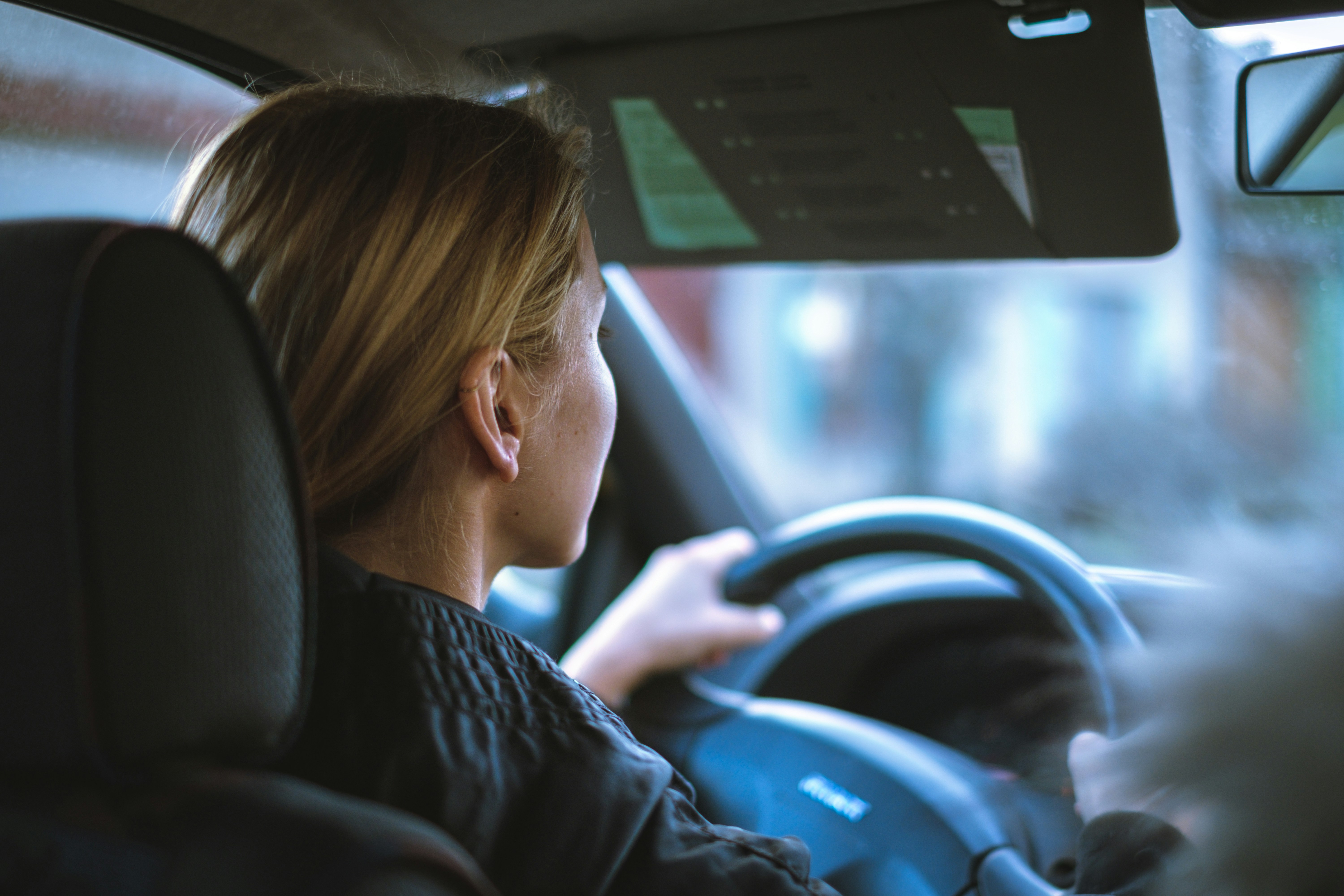Media release
From:
Women involved in car crashes may be more likely to go into shock than men
Using clinical data, researchers examined injury patters of car crash victims and found that women have an elevated shock index more often than men, even when their injuries are less severe
[SUMMARY] Car crashes are a fact of everyday life. In the US alone, more than five million crashes occurred in 2023; some 35,000 were fatal for drivers. Despite better car safety features being installed, not everyone is benefitting equally from innovations meant to make driving safer. Researchers have now examined how men’s and women’s car crash injuries differ and found that female drivers are more likely to have an elevated shock index – an indicator of being in danger of going into shock – following a car crash. These findings may contribute to new knowledge on how a crash victim’s sex changes first aid response and clinical approaches to crash patients.
[MAIN TEXT]
It is well known that car safety equipment was originally designed with male-representative bodies in mind. This means women sitting in the front row are more likely to suffer severe or fatal injuries in the case of a crash. They are also more likely to be trapped in crashed cars.
Interested in the inequalities of car design and the resulting injuries, a team of researchers in the US has used trauma injury data from car crash victims to evaluate differences in injury patterns typical for males and females.
“We found that vehicle crash injury patterns and injury severity differ between men and women. We also show that women are arriving to the trauma bay with signs of shock more often than men, regardless of injury severity,” said Dr Susan Cronn, first author of the Frontiers in Public Health study and researcher at the Medical College of Wisconsin. “These novel findings of sex differences in shock index mean we need to look further into how and why this is happening.”
Women may be more vulnerable to blood-loss related shock
“We wanted to understand if differences in male and female injury and death in vehicle crash are also present in clinical data,” Cronn explained. This knowledge may help to evaluate whether occupant crash systems work equally well for male and female bodies.
The researchers used data from more than 56,000 car crash victims, half of whom were female. Looking at clinical injury data allows researchers to see real outcomes, rather than risk estimations. They found that even though men had more injuries overall, women had more pelvis and liver injuries.
More crucially, however, they found that women surpassed a shock index greater than 1.0 more frequently than men. This was true even for women who had fewer total or less severe injuries than their male counterparts. An elevated shock index can be an early warning sign of hemorrhagic shock, caused by heavy blood loss, but can also be an early predictor of mortality.
“Our findings might mean that women’s bodies have less capacity to function when physiological changes occur, that some injuries have more impact on female bodies, or that female bodies handle blood loss differently than male bodies,” Cronn pointed out. “It might also be that we have been assuming that normal vital signs are the same for everyone regardless of sex, and that we need to re-visit our definition of normal.” All these possibilities merit further investigation, the researchers said.
Better response and safer cars
If it becomes clear that their results are clinically relevant, a sex-differentiated shock index may change how first aid responders and clinicians approach patients, the researchers said. Furthermore, they hope their results will inform car safety development.
“We hope that we can delineate the impact of sex on crash injury further, so that vehicle safety engineering can consider important male and female body differences in their design, and that they provide insight for legislation and regulations as needed for equity in car safety design,” Cronn said.
The researchers also pointed to certain limitations of their study, for example that the database did not include diastolic blood pressure data, which would help make shock index calculations more precise. Another factor that has not been included in the data was vehicle size, type of crash, and complete information on crash dynamics – factors that may help understand sex differences in crashes more fully.



 International
International



